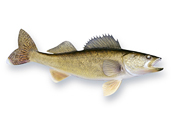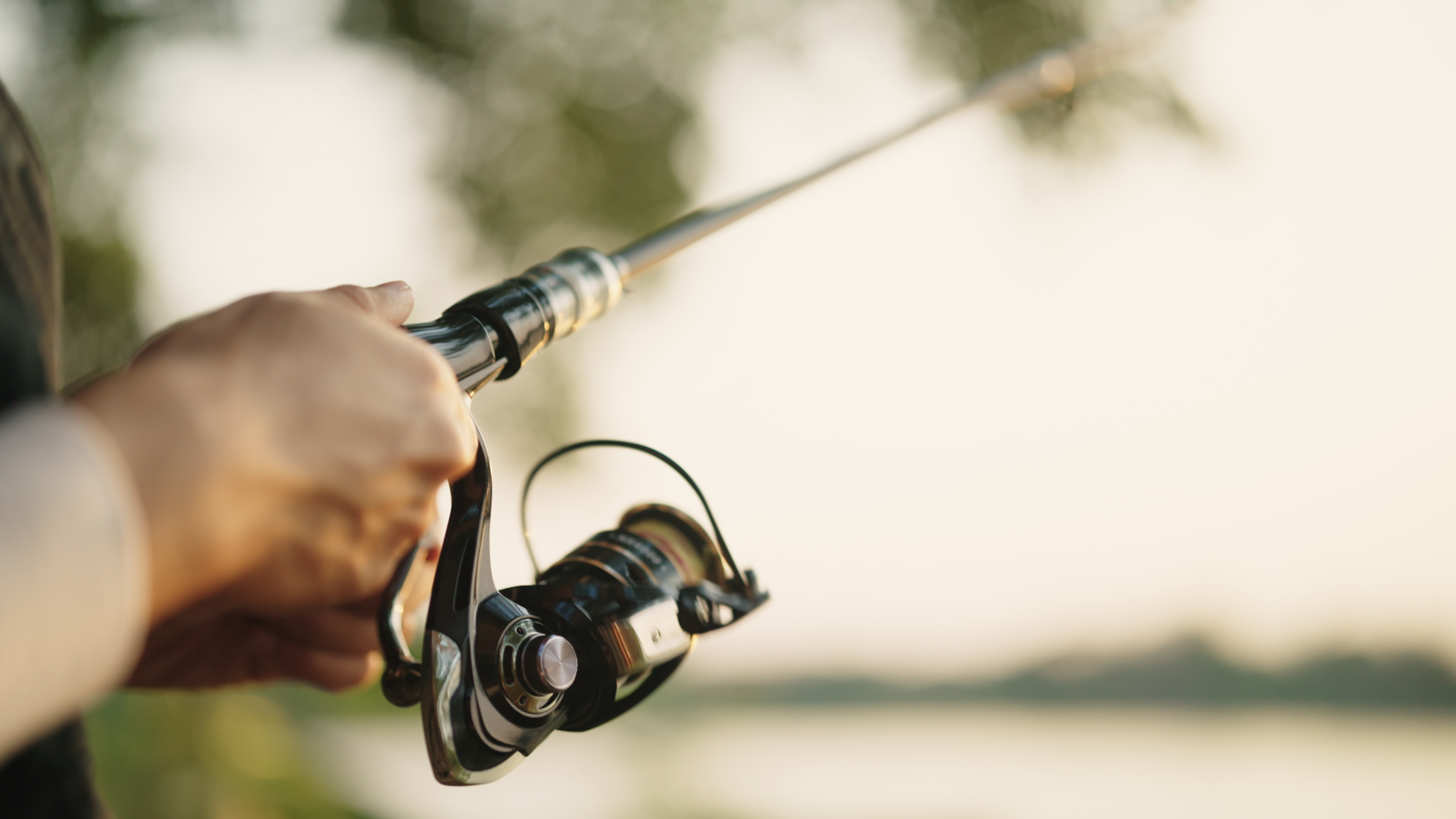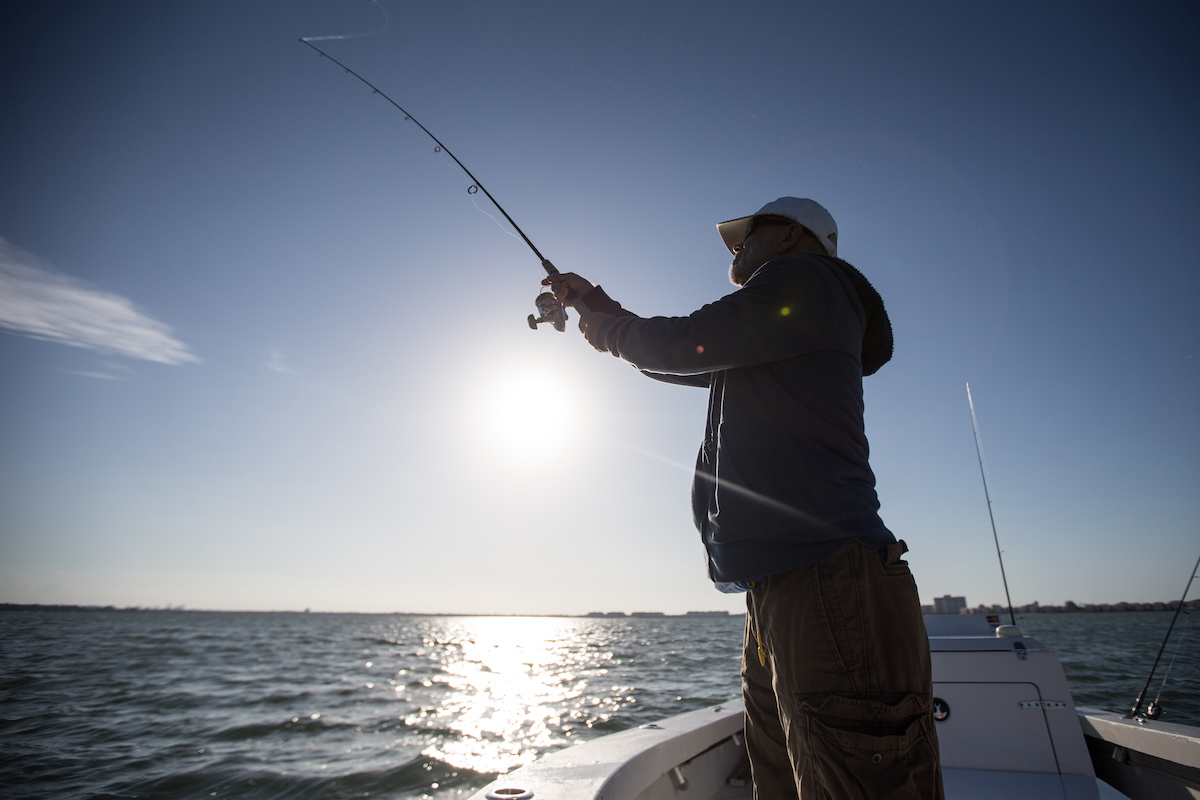Walleye
Stizostedion vitreum
AKA: Walleye perch
Distinguishing Markings:
The walleye is named after its large opaque and almost blind-looking eye. The large reflective surface of its eyes gives the walleye a sight advantage over other fish and enables the predator to find prey in the dark. Walleyes have a dark green or olive-green back, light brownish yellow sides, white belly, and five to 12 narrow dark bands across its back. Typical of perches, the walleye has two separate dorsal fins, with a dark spot at the posterior base of the first. Walleyes are obvious carnivores with teeth in the jaws and on the roof of the mouth.
Size:
The walleye is the largest member of the perch family, growing to more than 30 inches and more than 10 pounds. Walleyes typically live to seven or eight years old and weigh 12-15 pounds. However, individuals in their mid "teens" have been collected, and the world all-tackle record is 25 pounds.
Distribution:
The walleye is native to the central portion of North America from the Rocky Mountain to the Appalachian Mountain chains, ranging as far south as Arkansas, Mississippi, and Alabama, and as far north as Great Slave Lake, the Mackenzie River and the Peace River in northwest Canada. Introductions have extended the range beyond the Appalachian Mountains in the east, to the Columbia River in the west, and as far south as Texas.
Habitat:
Walleye prefer large, clear, cool water with gravel and sandy substrate.
Food:
Feeding occurs during mainly during the dawn and dusk, with spottail shiners, emerald shiners, and yellow perch as favored foods along with bluegills, crappie, bullheads, and crayfish. Young walleye feed primarily on zooplankton, aquatic invertebrates, and small juvenile fish.
Spawning:
Spawning occurs in the early spring, usually just after ice-out when water temperatures are between 38 and 50 degrees F. Typically, spawning takes place on riffles after fish have moved upstream, but in lakes it may also take place on rip-rap dams or reefs There is no nest building, and no parental care for eggs or fry. The female broadcasts as many as 495,000 eggs, usually over stony shoals, and then two or more males release their milt to fertilize the eggs. The eggs are very adhesive, sticking to the rocks and gravel. Incubation takes five days to two weeks. Newly hatched young leave the spawning areas and grow to be about five to six inches by fall. Males reach sexual maturity in two to four years, while females reach sexual maturity in three to five years.
Fishing Tips:
Fishing for walleye is most productive in the evening using minnow type lures or jigs fished near the bottom over rock piles or along the edges of weed beds. Night crawlers and live minnows worked very slowly are also good producers. Walleye are considered to be one of the best tasting freshwater fish.


